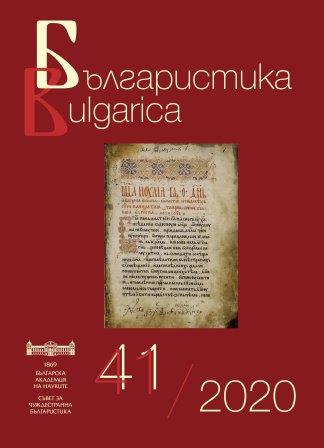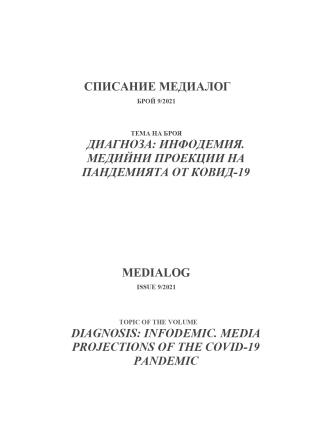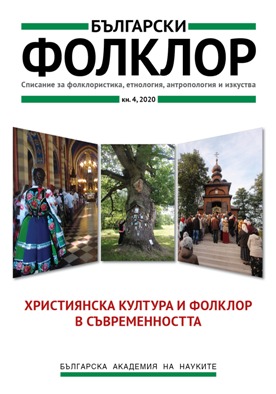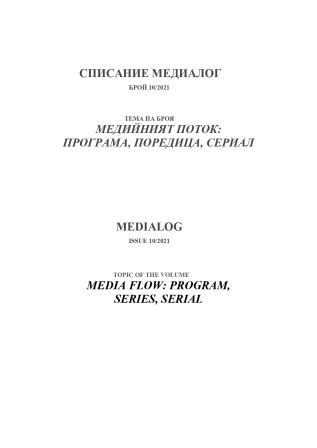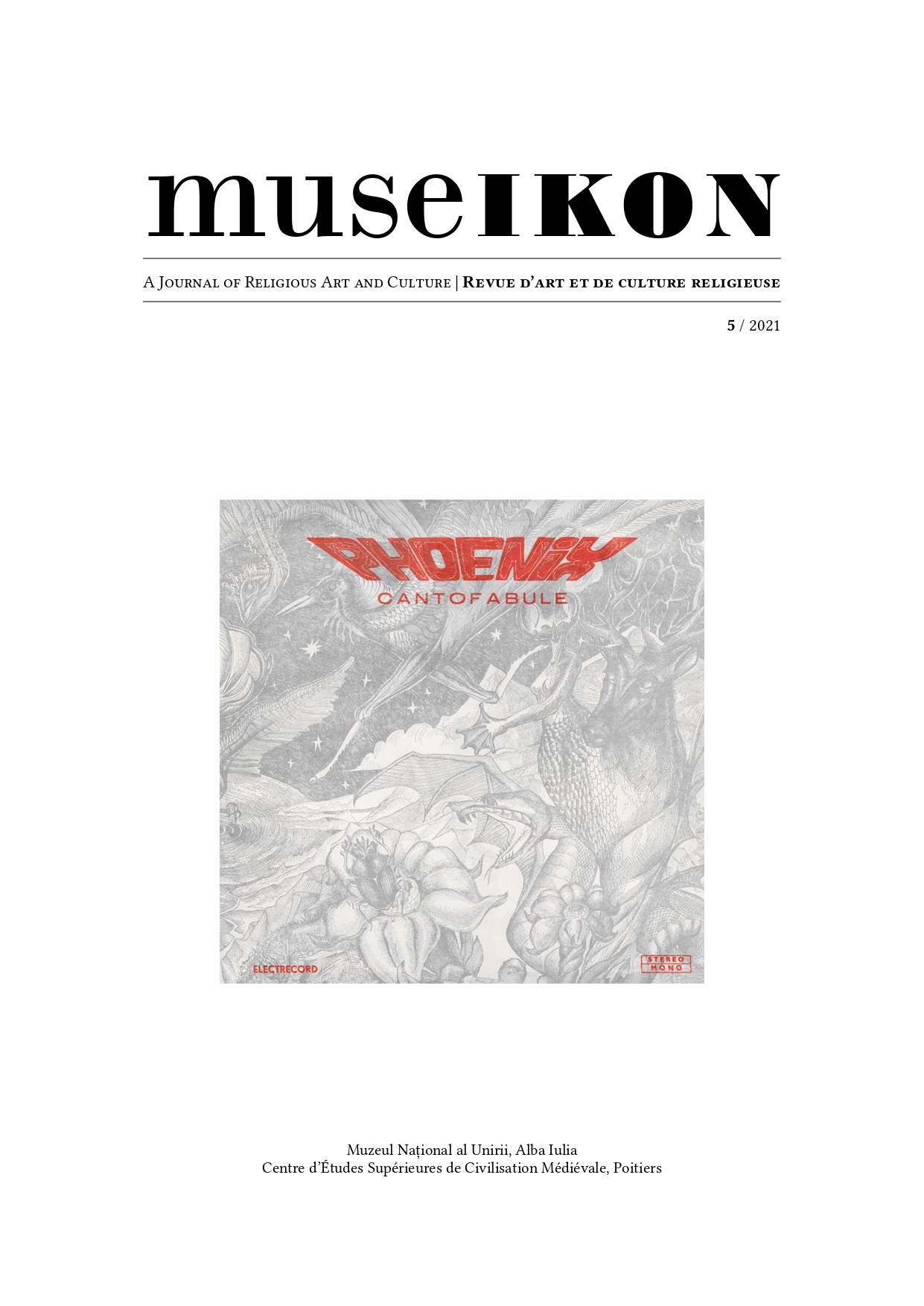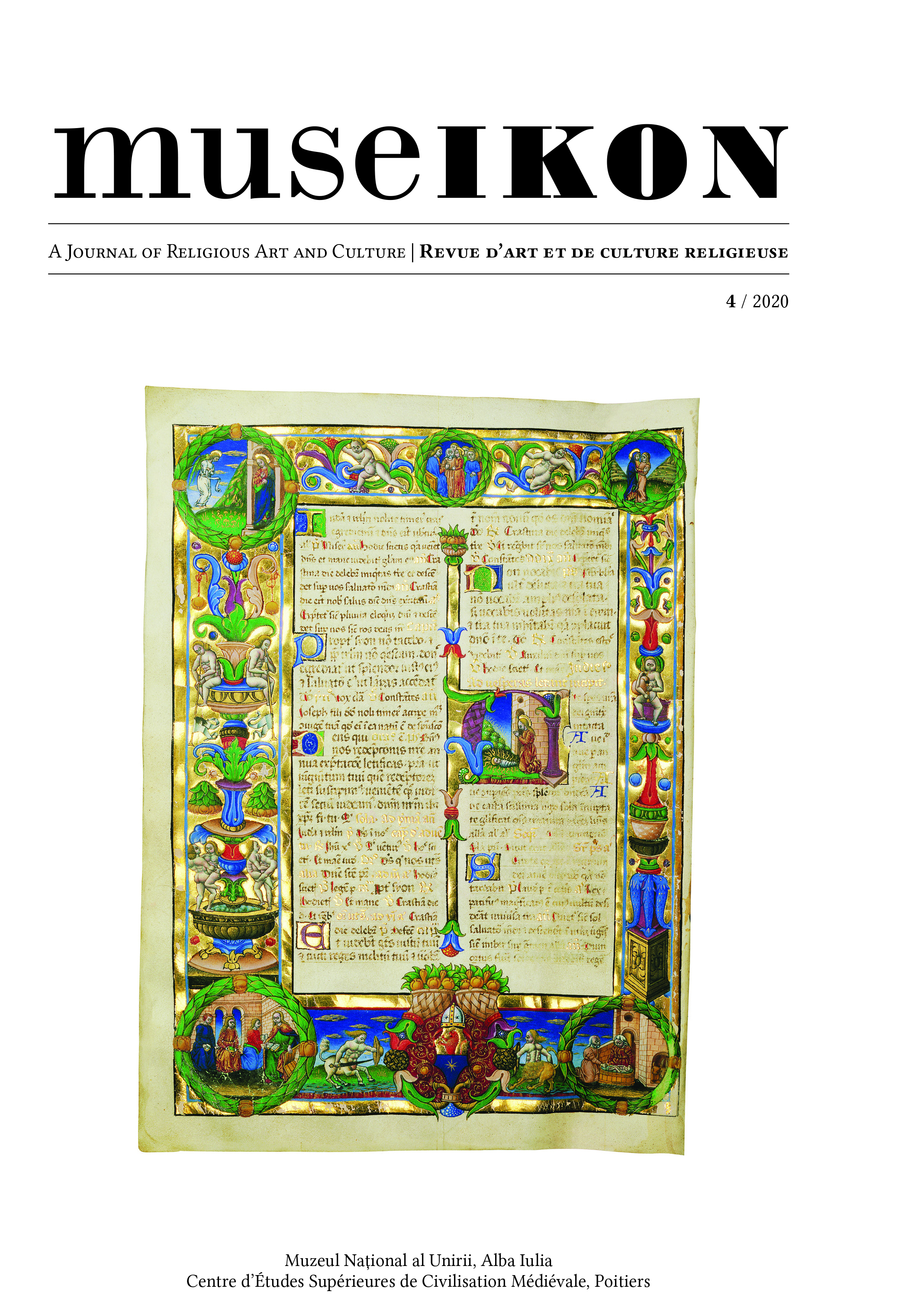
Texts and Icons in Worship, Communication, Propaganda
La présente étude se concentre sur le rôle joué par les textes liés aux icônes dans le culte, la commu- nication culturelle et la propagande des icônes lors de leur transfert. Ces textes se regroupent en trois catégories : les textes qui précèdent les icônes, les textes sur les icônes et les textes d’après les icônes. L’analyse de chacune de ces catégories aide à mieux déchiffrer la fonction et le rôle des textes dans la création et la perception, ainsi que dans les processus de transfert des icônes. Dans le cadre d’un transfert culturel, celui-ci se produit souvent dans un contexte où les signes verbaux se différencient des signes visuels. L’auteure donne quelques exemples de textes qui sont essentiels pour une interprétation exacte de certaines icônes russes transférées en Grèce du 5VIe au 5I5e siècle et détermine leur place dans la communication linguistique, spirituelle et culturelle. D’un point de vue mé- thodologique, elle s’intéresse aux conditions dans lesquelles les textes accompagnant les icônes russes devraient être étudiés, notamment dans le cadre de la recherche qui étudie le transfert de ces icônes russes en Grèce.
More...
